I don’t spend a lot of time in front of a screen on a daily basis—some tv, some computer, no ipad or phone. I’m not required to spend eight hours or more on a computer for work like so many other people, especially in this covid time. That is not a choice for most people—but what about the time we do have for choosing? It’s a touchy subject to say the least, just like questioning any way we choose to spend our time. I’m sure you know what I mean. Screen time is rather addictive, and we think it is serving us well—it informs us, connects us, records our activities, entertains us, relaxes us, makes us feel in control…doesn’t it? But what happens when we don’t engage with screens and social media? When was the last time you spent a whole evening without any of that, let alone a full day? It’s a study in self-awareness. Were you anxious, bored, uncertain, or crazy without it? Is ‘screen life’ your ‘real’ life?
Last weekend I spent three days with family members in the Northwoods—no screens, no phone, no news, no social media. It used to be that cell phones wouldn’t work up there at all, but that has changed with the installation of cell towers, which are an intrusion on the wilderness.
We had a beautiful drive to Ely—the Birch and Aspen trees were brilliant yellow, and Maples were all shades of yellow, orange, and red. After a few stops at our favorite places—The Front Porch for my favorite tea and Piragis Northwoods Company—we began our time in the woods and by the water. Shagawa Lake is on the north side of Ely and has a park and beach area. A hiking trail along a peninsula took us across a bridge to an island of lichens and leaves, rocks and trees.
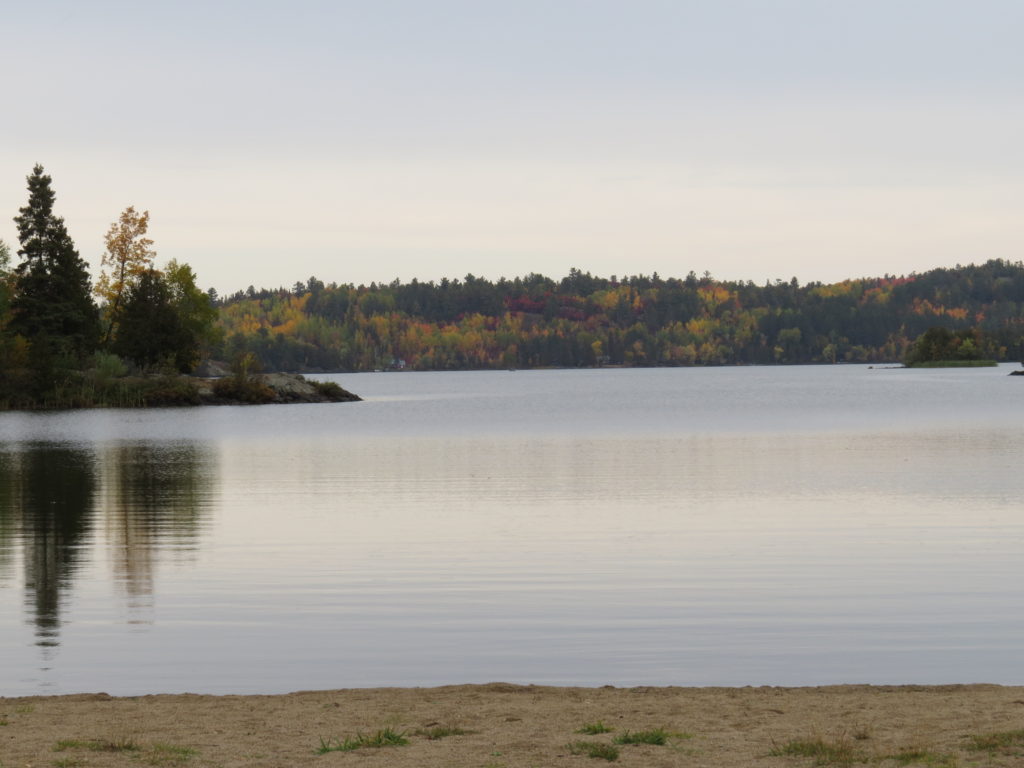
A small grove of Northern White Cedars dropped their flat, ferny leaves among the Pine needles and Birch leaves. A beautiful look of Fall.
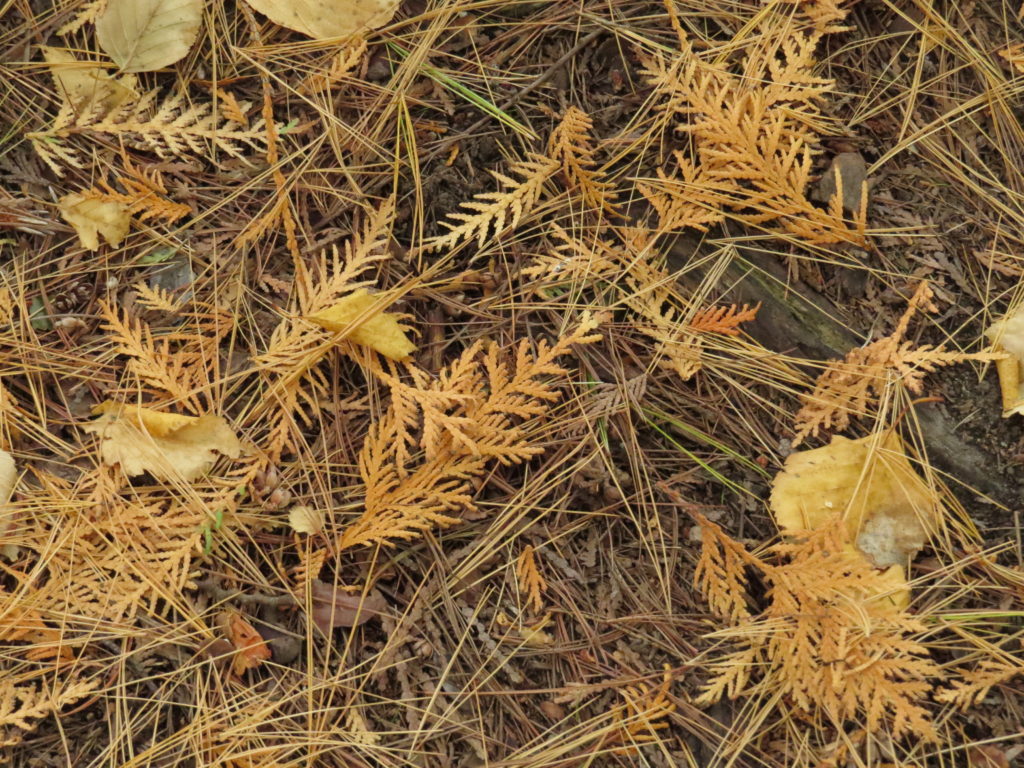
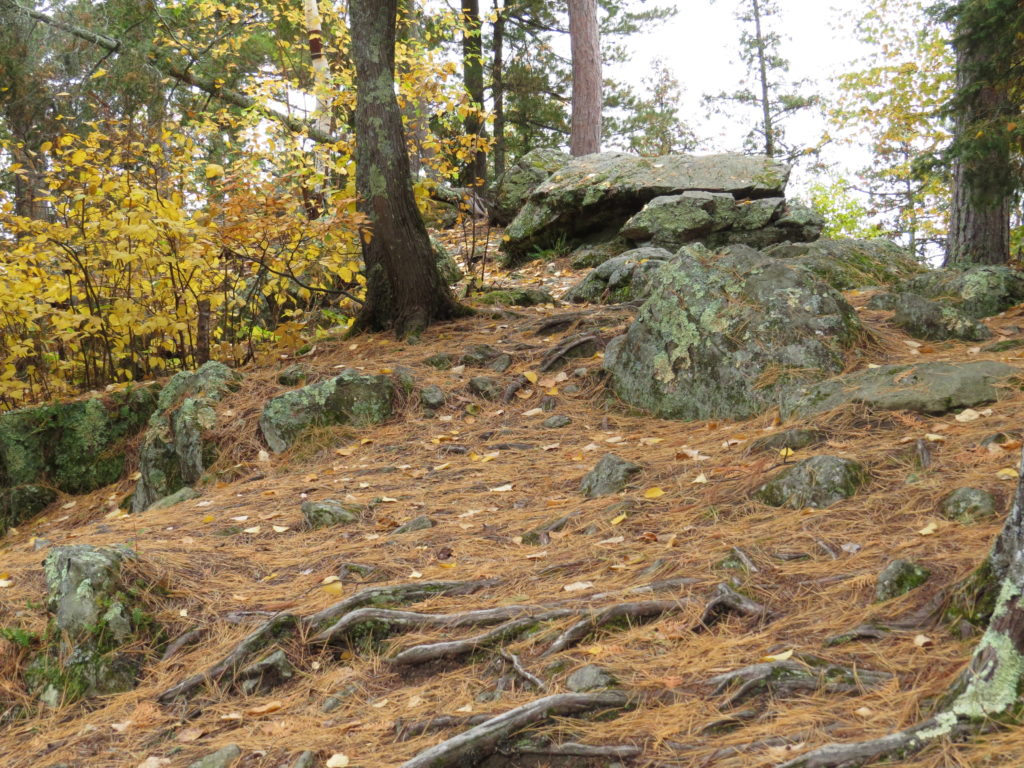
A broken Pine tree shows how a tree grows, layer upon layer, scrolling around the ‘knot’ of a branch and protected by the thick bark.
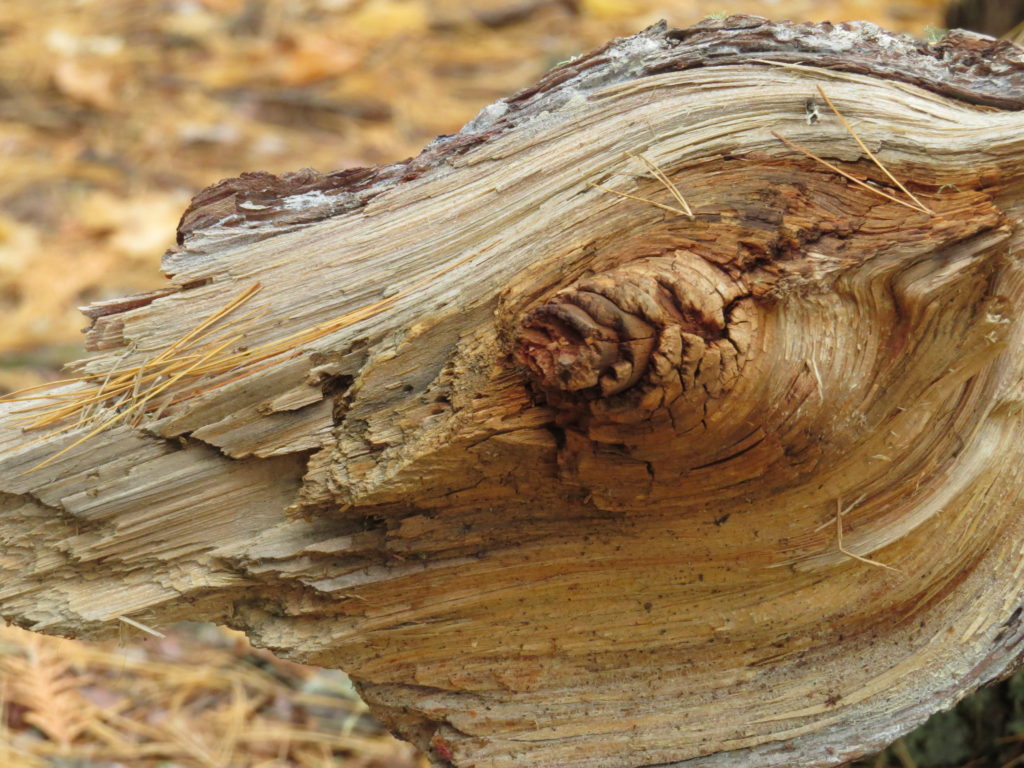
Lichens growing on rocks and trees were like works of art. Lichens are interesting creations—most are composed of a fungal filament or structure that houses green algae or a cyanobacterium. It is a mutually beneficial symbiotic relationship! They require moisture, minerals, and sunlight for photosynthesis.
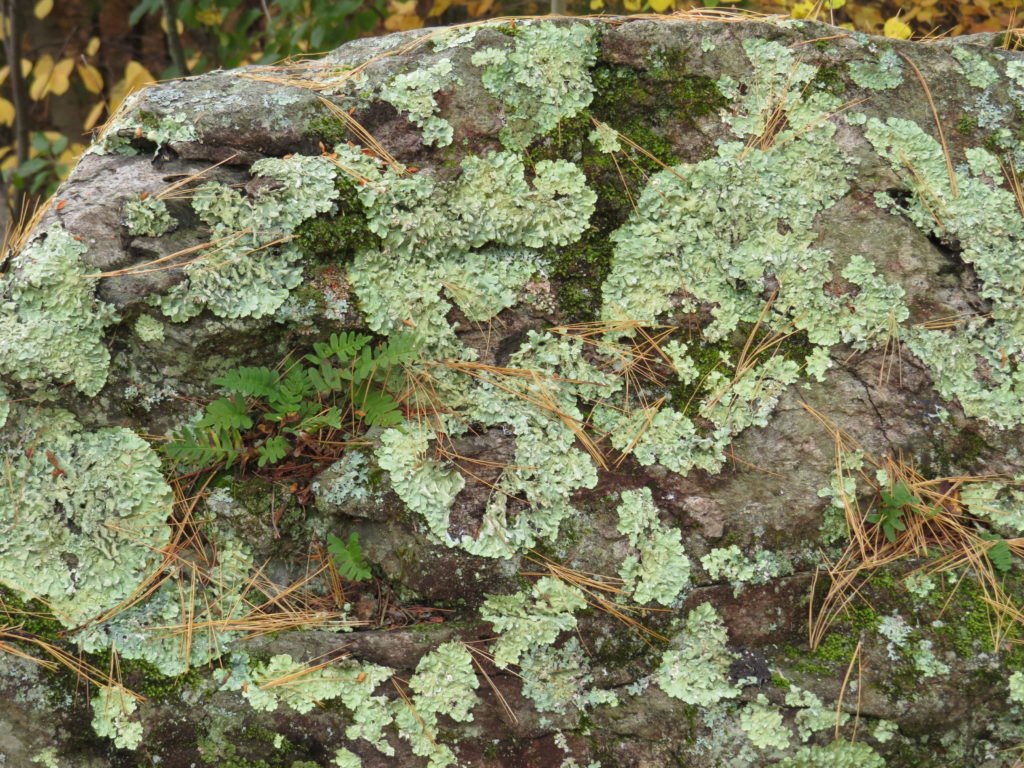
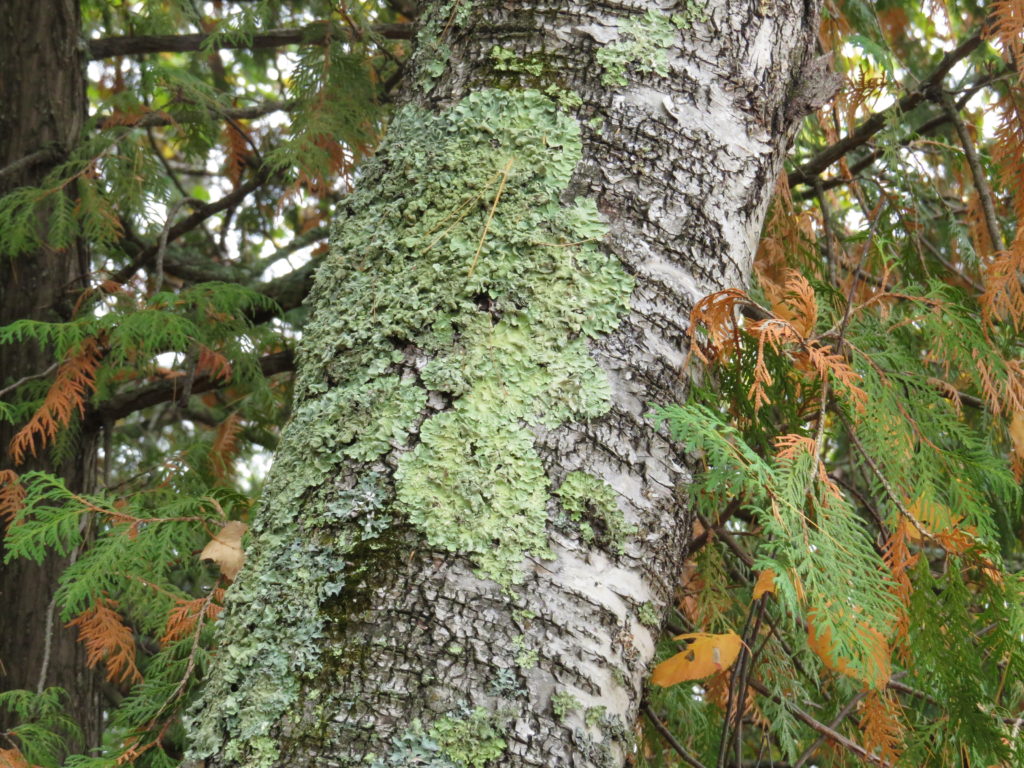
The island and much of the land in the Boundary Waters Wilderness is rocky. The soil is shallow, and yet the trees grow. But the roots are often exposed as they curl upon the rock.
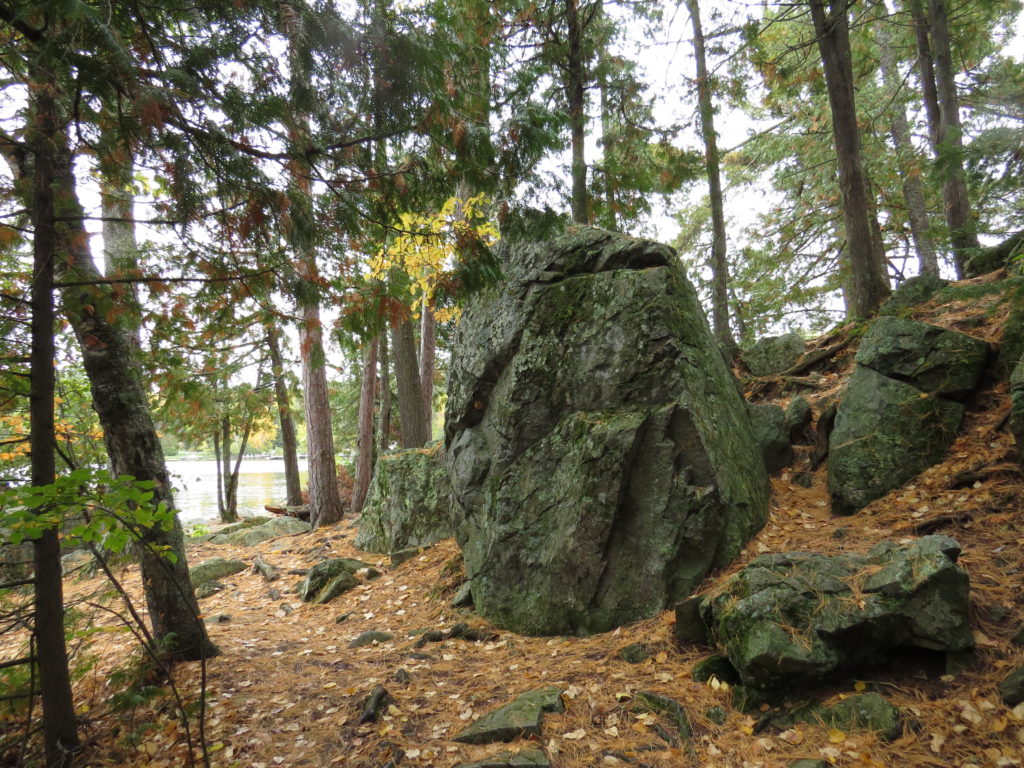
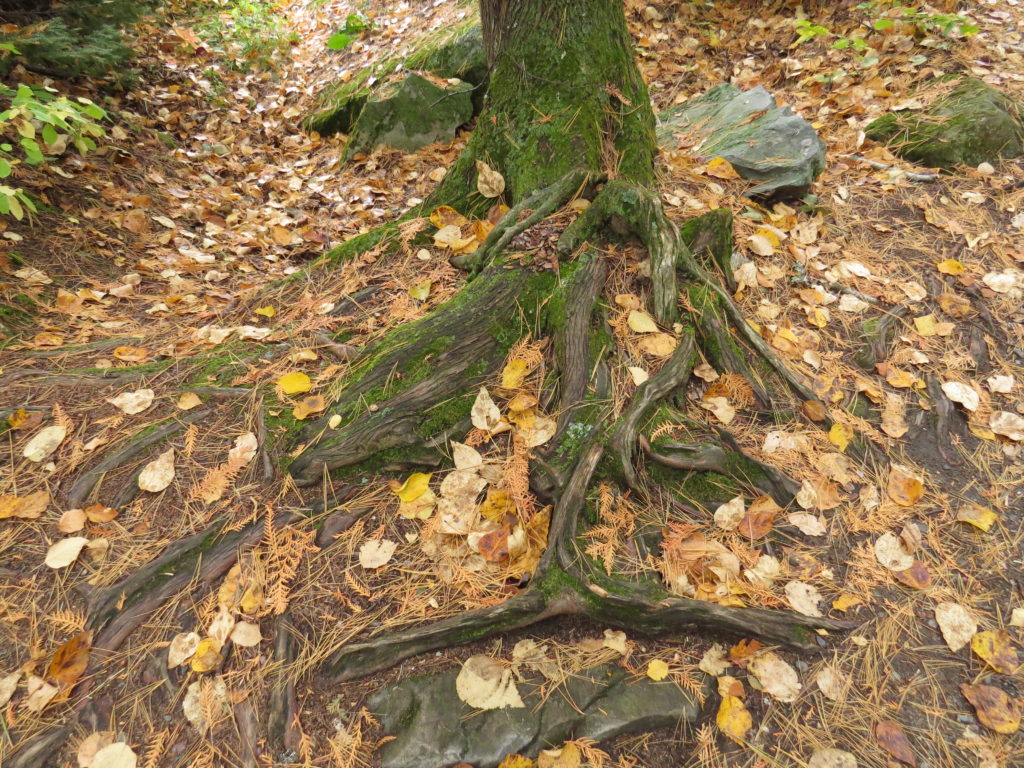
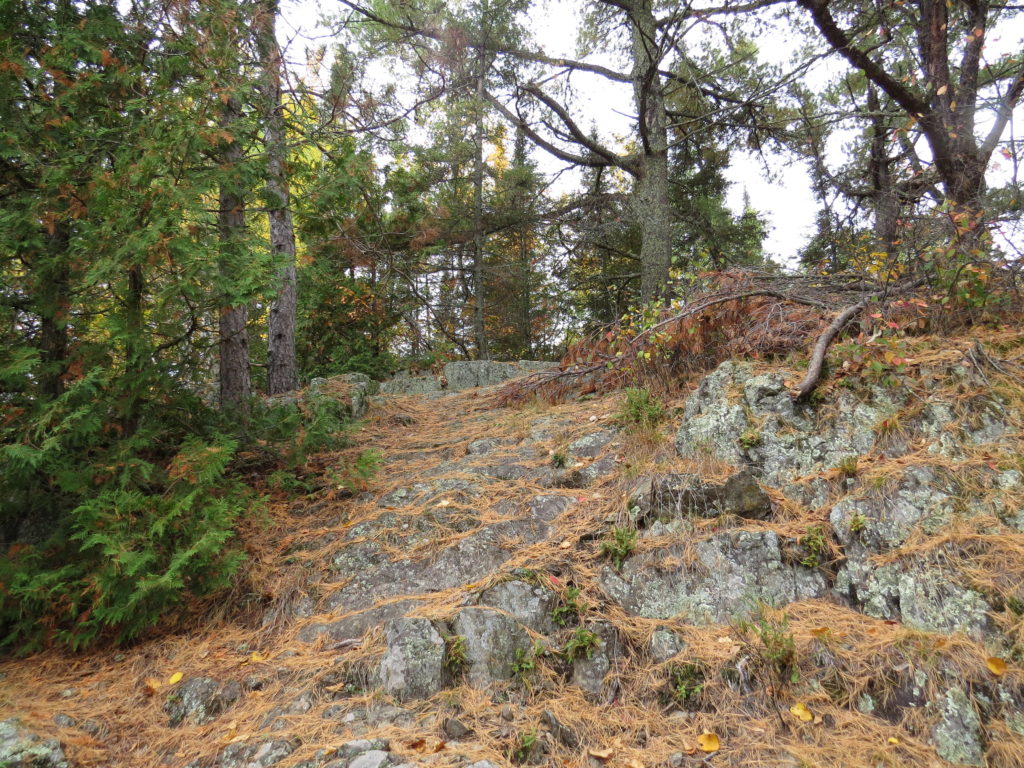
Lichens show up with different colors that are dependent on exposure to light and on availability of certain pigments.
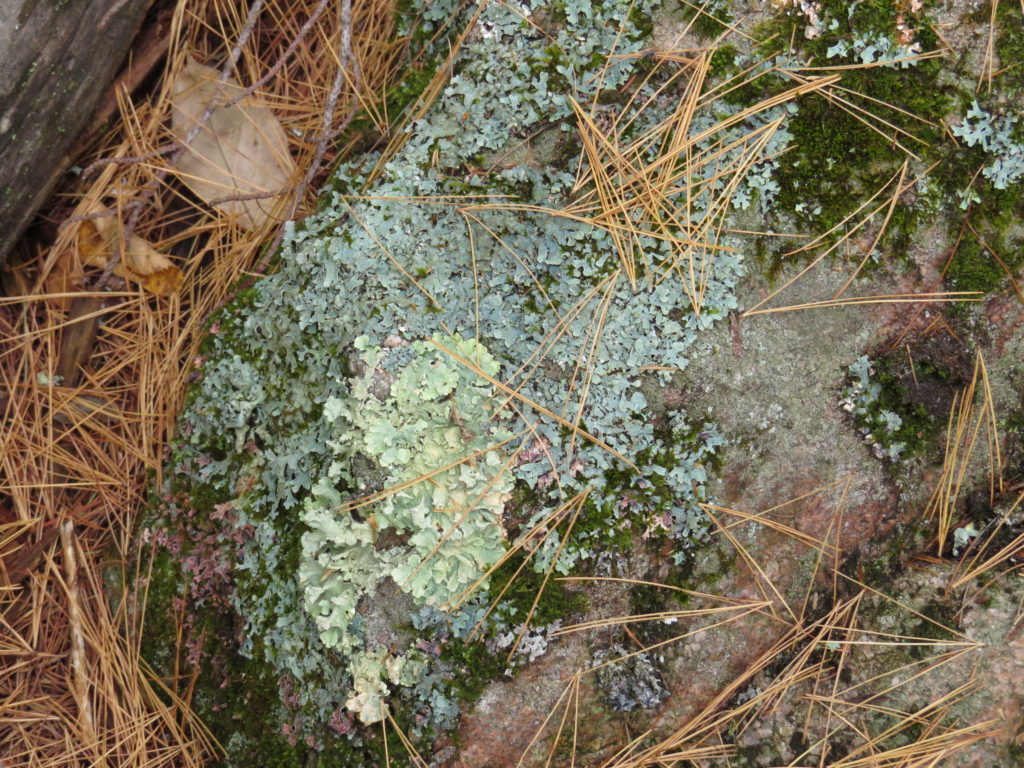
This is an example of a shrubby or Fruticose lichen. Snails, voles, squirrels, and reindeer eat lichens, though some are toxic to poisonous for humans.
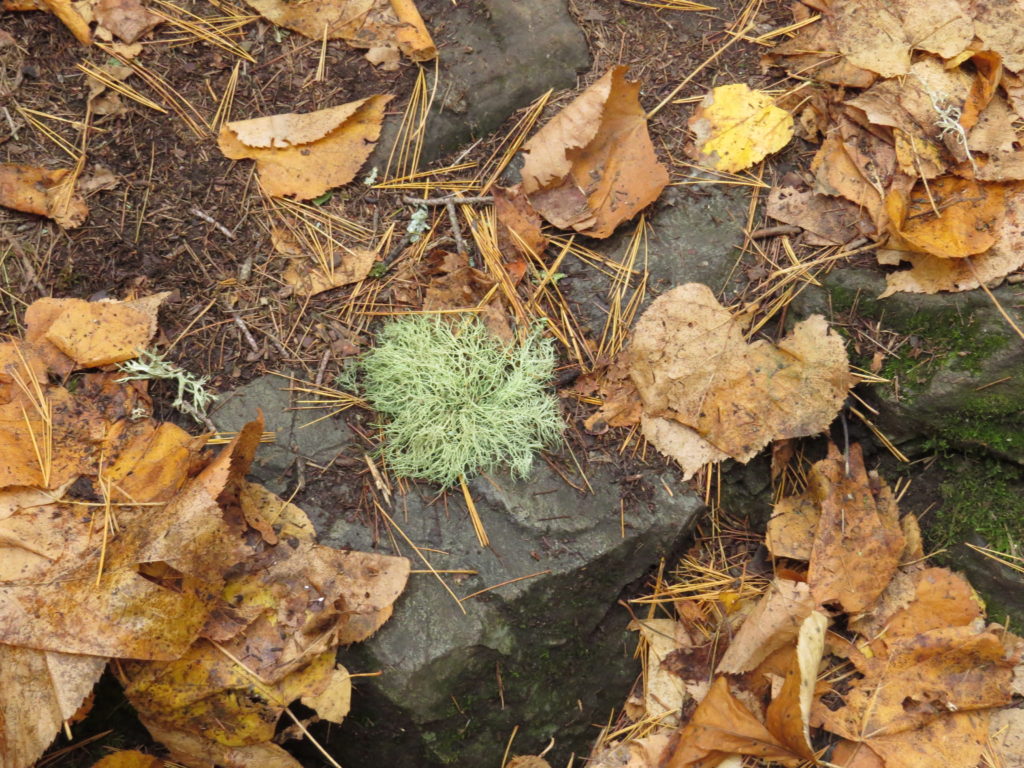
Many of the rocks had both lichens and moss growing on them. Mosses are primitive plants with a simple root-stem-and-leaf structure.
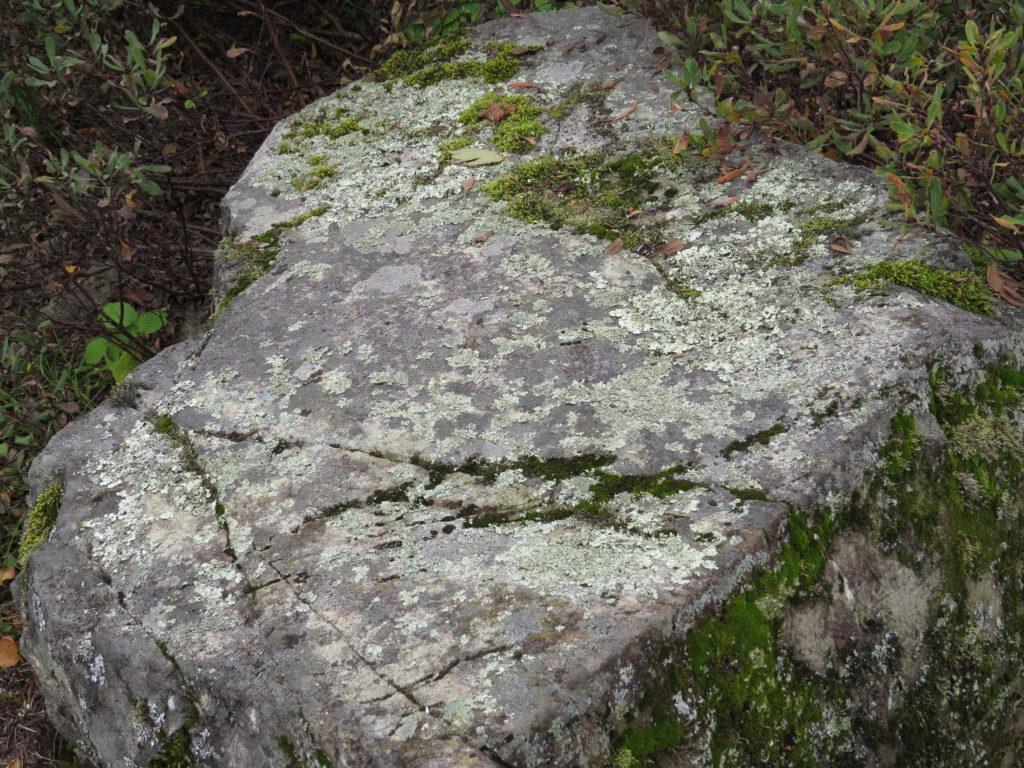
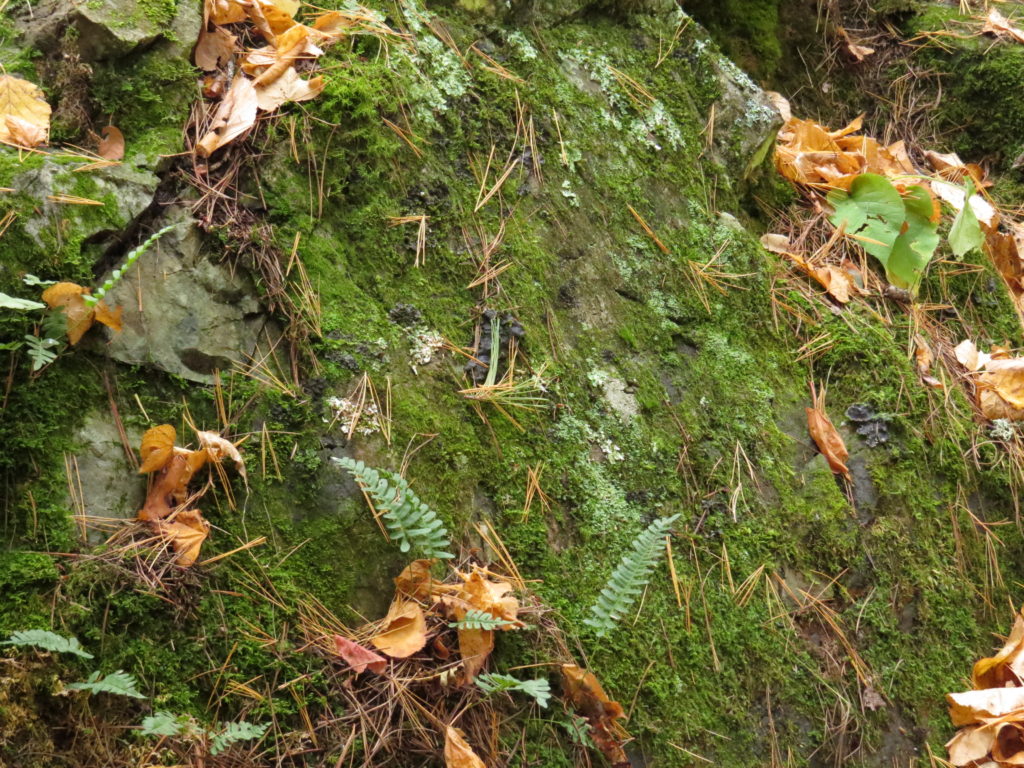
The ecosystem of the island, as in all forests, contained dead and dying trees of all forms—broken and twisted, woodpecker drilled, and water-smoothed driftwood.
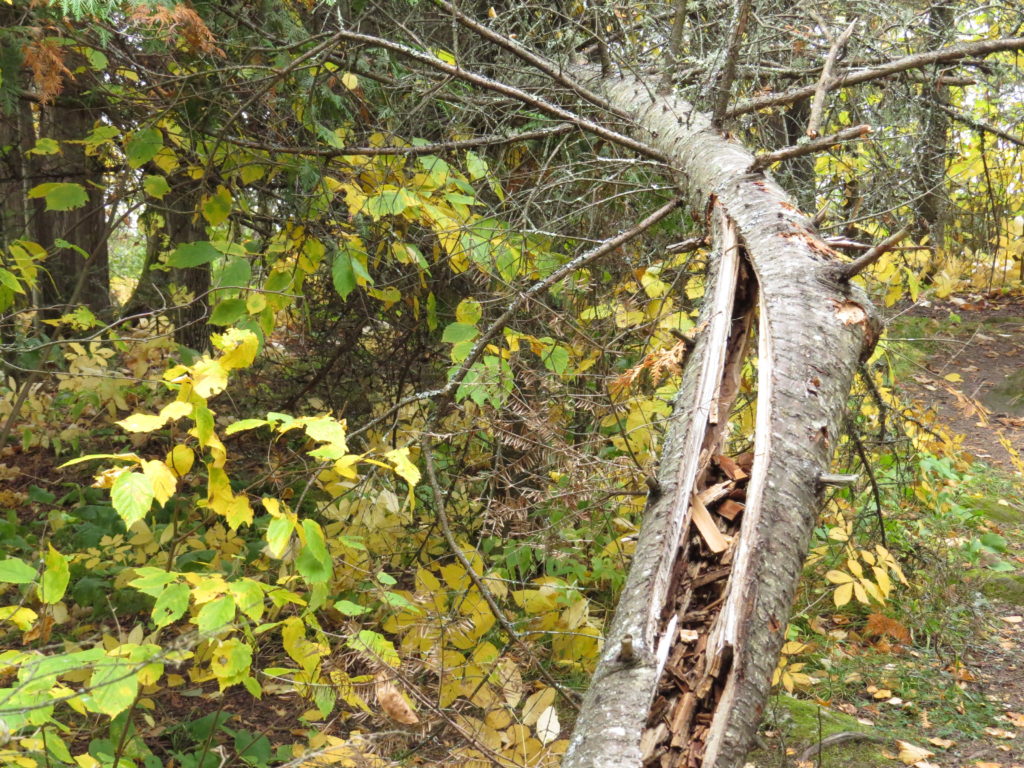
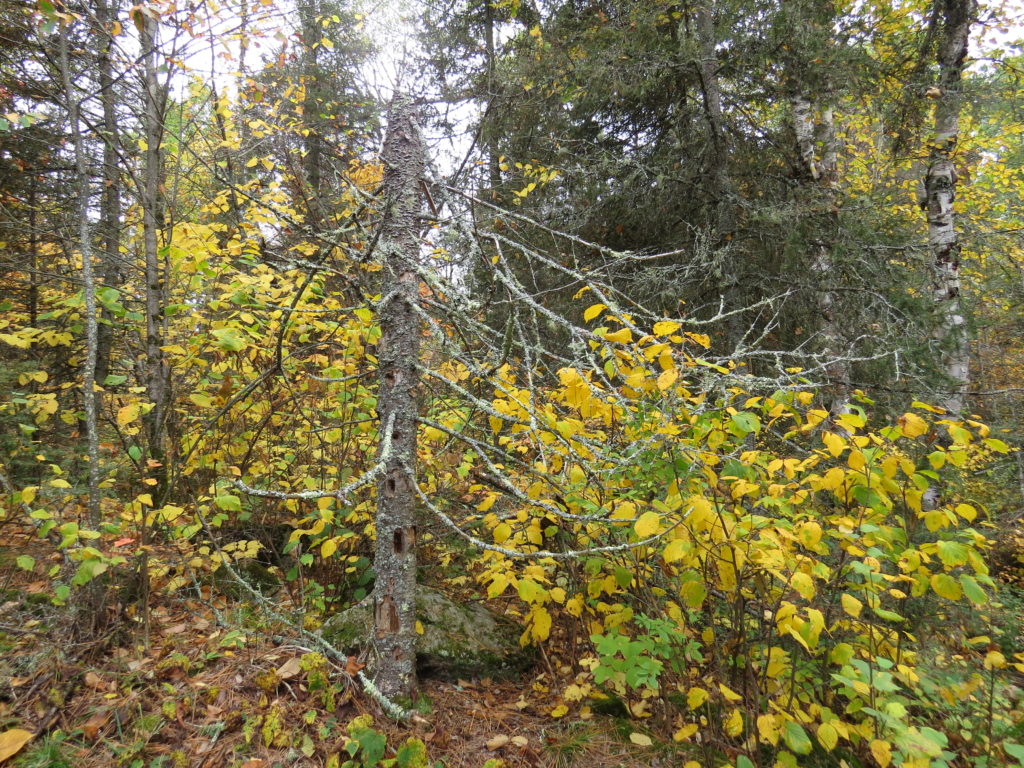
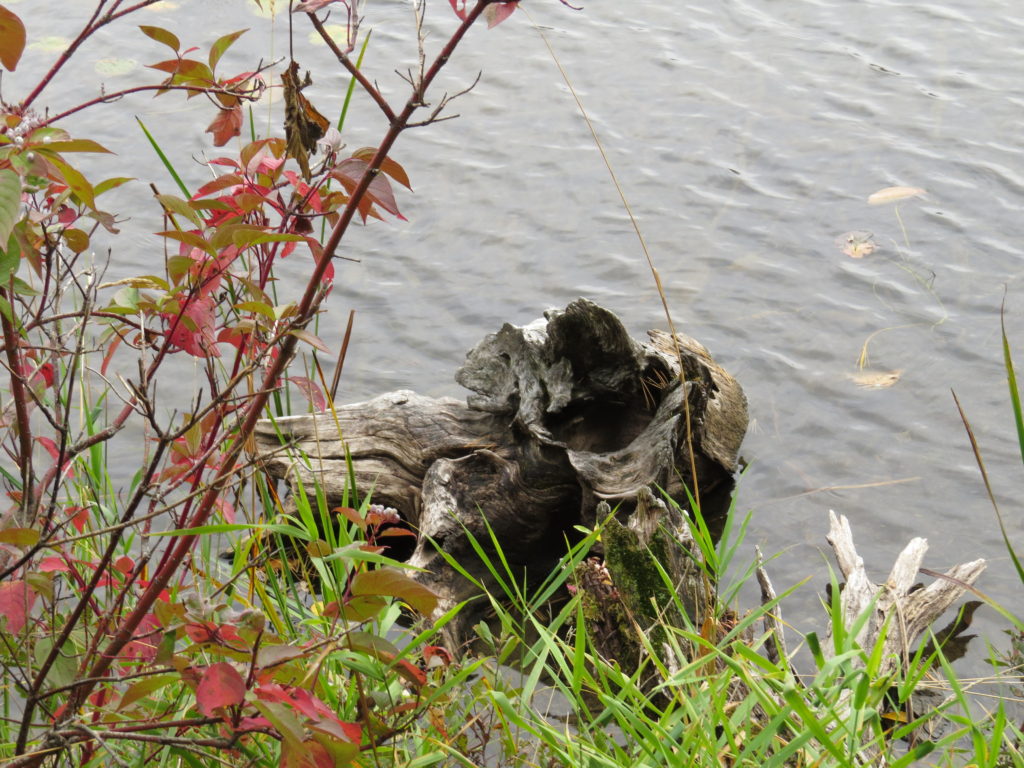
On the rocky outcropping at the end of the island, we found Butter and Egg flowers blooming. They are an invasive species that the DNR recommends eradicating, pretty as they are.
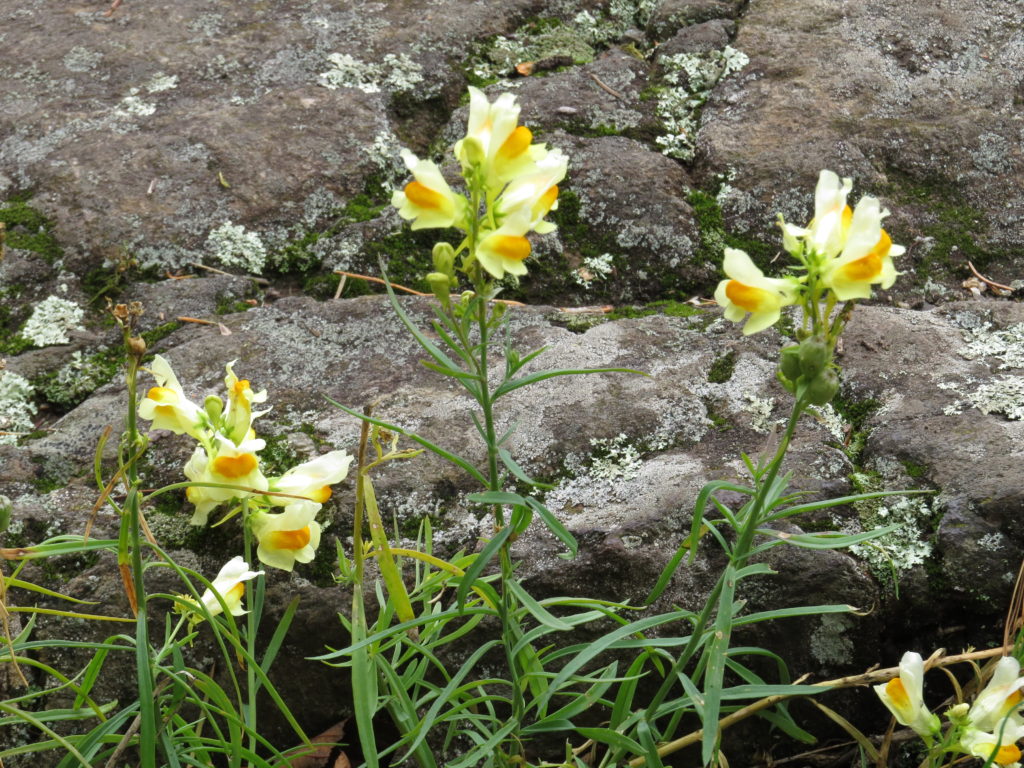
Beyond the flowers we found these tiny Snapping Turtles! They looked like rocks and were not moving until Aaron warmed them up in his hands. We figured they must have hatched recently—maybe from the hole one crawled back into once he was warm. Eggs take around 72 days to hatch, and the sex of the hatchlings is determined by the temperature of the nest!
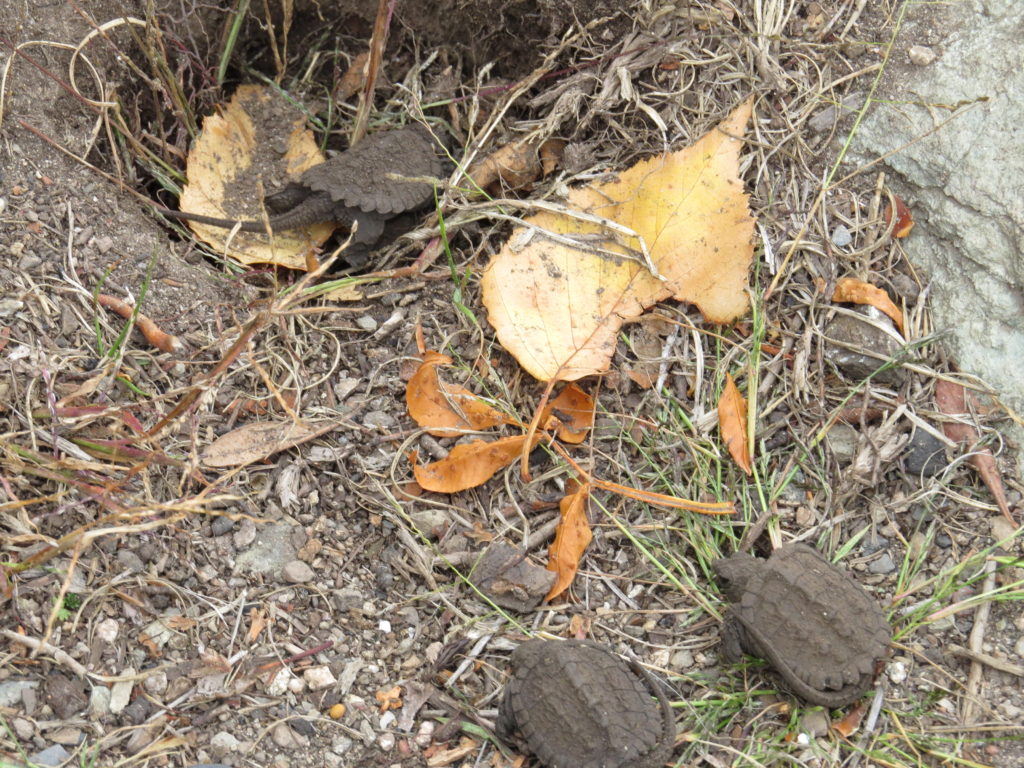
It was a good start to our Northwoods weekend. Even though the skies were cloudy and we were expecting some rain each of the days, the temperature was fairly mild. We could not have planned a better weekend for the Autumn colors. We hiked back through the trees, over the lichen-covered rocks, through the fallen leaves and pine needles, and over the bridge in order to get to our destination and set up camp before nightfall.
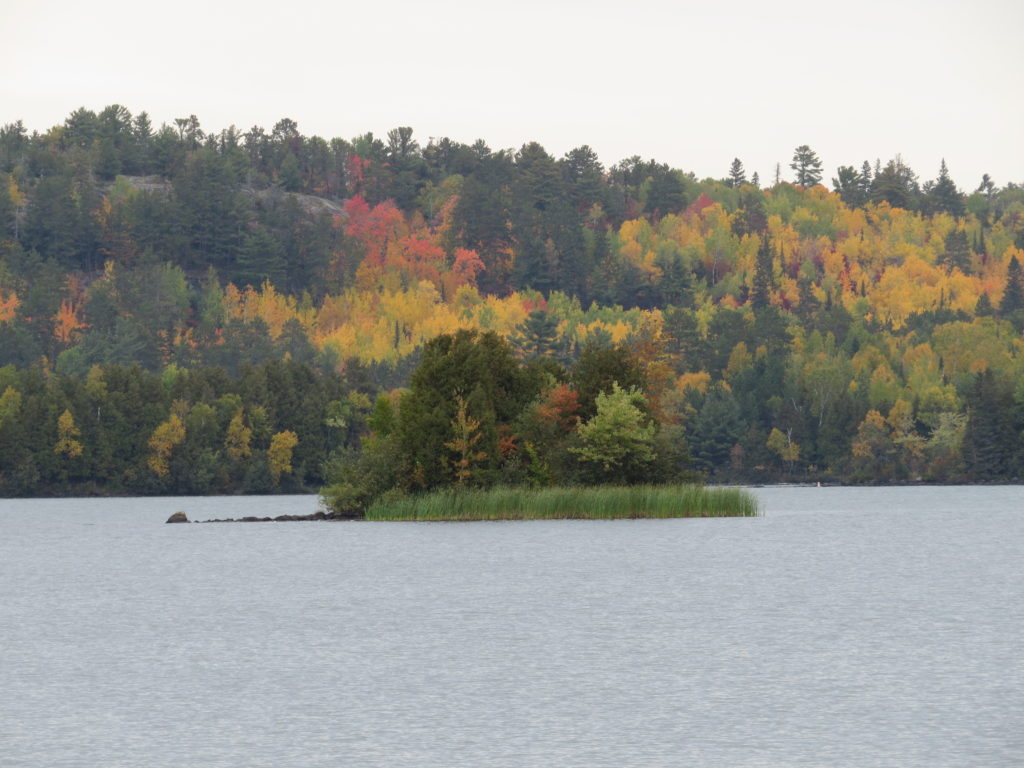
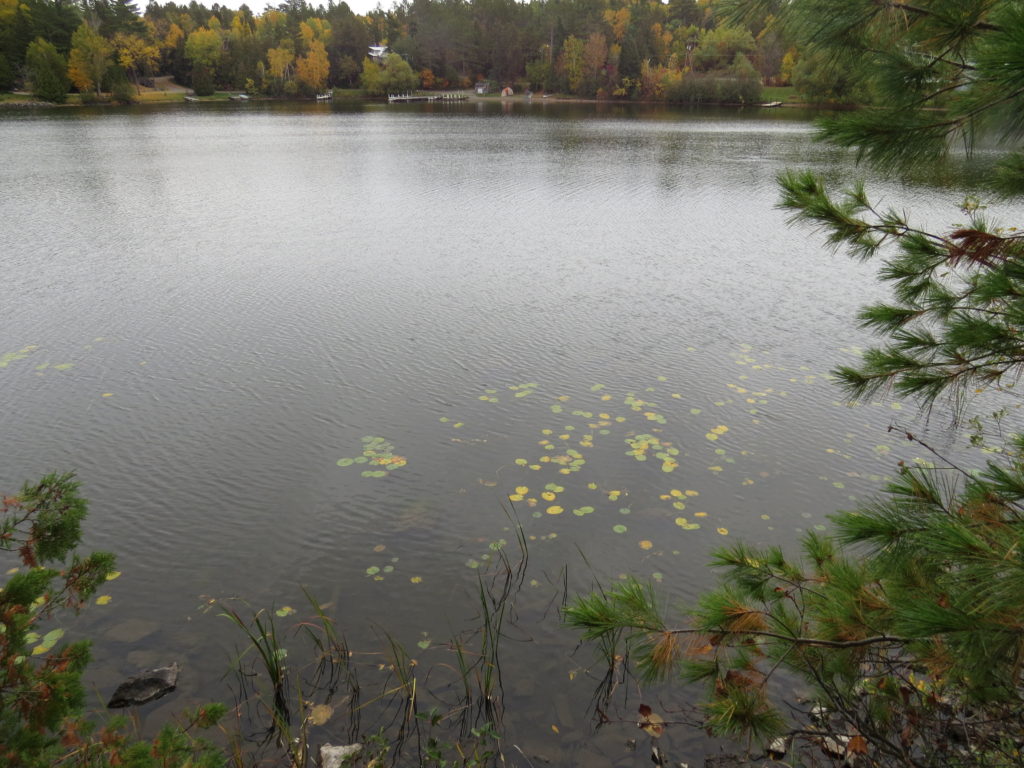
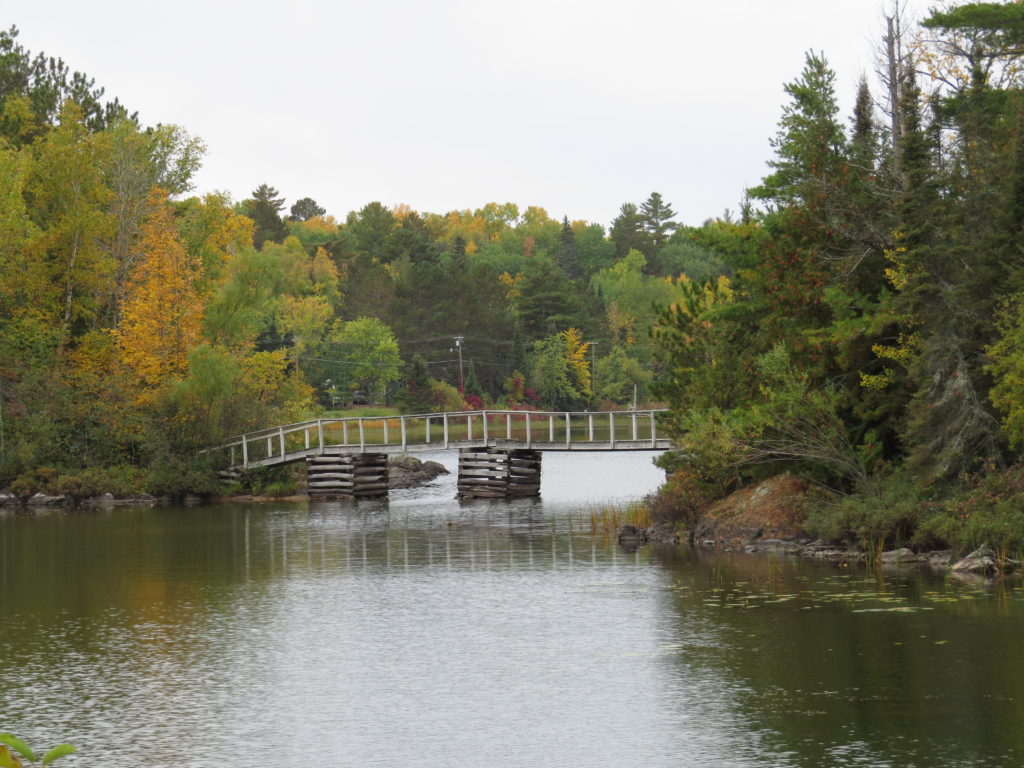
We are living in extraordinary times when computers, phones, and screens of all kinds seem to be our lifeline to work, meetings, church, friends, family, sports, and our own sanity. It is all stress-inducing but necessary nonetheless. How do you know when you’ve had too much screen time? Do you feel it in your body? Wired and tired? Can’t fall asleep? Irritable or anxious? My daughter Emily says she knows it’s too much when her brain won’t relax. It’s hard to distinguish between the stress of actually being connected to our devices and all the stress of living right now. Don’t underestimate the negative effects of electronic devices on your physiology. But this I know—an antidote for stress of any kind is Nature. Our bodies ‘know’ the natural world—it is a relief for our wired bodies to be walking on the earth, feeling the bark of trees, breathing in the natural oils produced by trees, evergreens in particular, seeing the colorful lichens, and hearing the water lapping against the shore. It reduces our stress hormones, decreases our heart rate and blood pressure, and boosts our immune systems. Nature is a powerful healer and the backbone of real life.